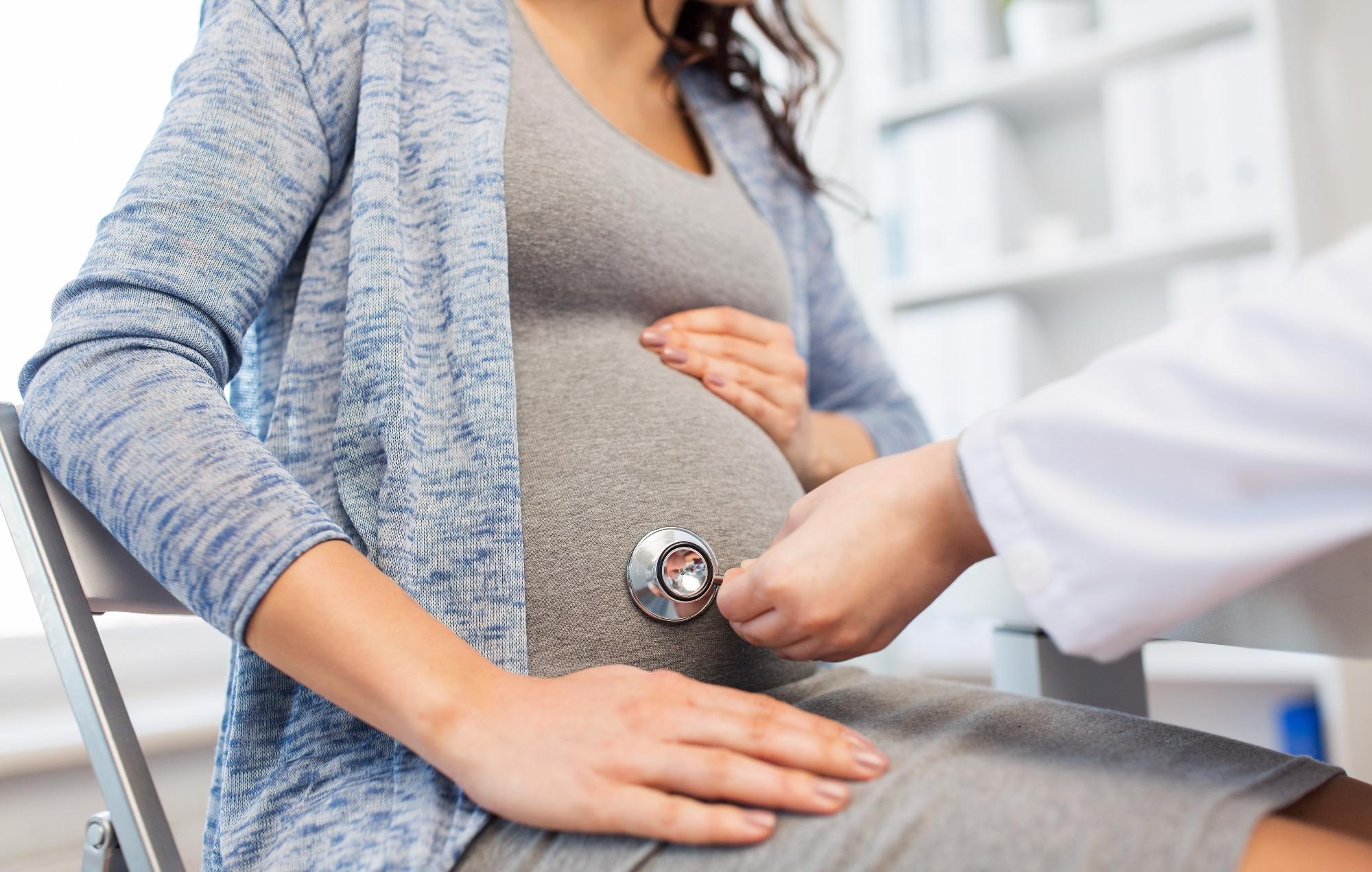According to scientists at Rutgers University who have studied the factors that cause low-birth-weight babies, inhaled nanoparticles — human-made specks so small they cannot be seen in conventional microscopes and found in thousands of everyday products — can cross a natural, protective layer that normally protects fetuses.

Image Credit: Shutterstock.com/Syda Productions
The researchers revealed their findings in the medical journal Placenta. Scientists were able to follow the transit of metal titanium dioxide nanoparticles through the bodies of pregnant rats. Some nanoparticles escaped the initial barrier after being inhaled into the lungs of the animals. The particles then passed through the placentas, which filter out extraneous elements to safeguard the fetus.
The particles are small and really hard to find. But, using some specialized techniques, we found evidence that the particles can migrate from the lung to the placenta and possibly the fetal tissues after maternal exposure throughout pregnancy. The placenta does not act as a barrier to these particles. Nor do the lungs.
Phoebe Stapleton, Study Author and Assistant Professor, Ernest Mario School of Pharmacy, Rutgers University
Stapleton is also a Faculty Member at Rutgers Environmental and Occupational Health Sciences Institute.
The majority of nanoparticles are created artificially, with only a few occurring naturally. Thousands of items, ranging from sunscreens to pharmaceuticals to sports equipment, contain these particles. They are highly appreciated because they can improve the efficacy of drugs and develop items that are both strong and light.
Nanoparticles get their name from the fact that they are less than 100 nanometers wide, or tens of thousands of times smaller than a single strand of human hair. Despite their use, nanoscale materials are not well understood, according to the National Institute of Environmental Health Sciences, with “very little known about the possible impacts on human health and the environment.”
Scientists were surprised to find titanium dioxide in the “control” group of rats who had not been given nanoparticles to inhale during the experiment. It was found that the animals’ food included titanium dioxide. As a consequence, the scientists were able to see how the metal passed through the body of a rat.
The study came about as a result of a study into the reasons for low birth weight in humans. Newborns weighing less than 5.5 pounds are at risk of developing health problems as infants and later in life.
One possibility, according to Stapleton, is that mothers who had kids with low birth weights breathed harmful particles. The resultant inflammation may have an impact on internal systems such as blood circulation in the uterus, inhibiting the growth of the fetus.
Now that we know that the nanoparticles migrate—from the mother’s lungs to the placenta and fetal tissues—we can work on answering other questions. This detail of transfer will help inform future studies of exposure during pregnancy, fetal health, and the developmental onset of disease.
Phoebe Stapleton, Study Author and Assistant Professor, Ernest Mario School of Pharmacy, Rutgers University
Brian Buckley and Cathleen Doherty of the Environmental and Occupational Health Sciences Institute, as well as Jeanine D’Errico and Jarett Reyes George of the Ernest Mario School of Pharmacy, were among the other Rutgers researchers on the study.
Journal Reference:
D'Errico, J. N., et al. (2022) Maternal, placental, and fetal distribution of titanium after repeated titanium dioxide nanoparticle inhalation through pregnancy. Placenta. doi.org/10.1016/j.placenta.2022.03.008.